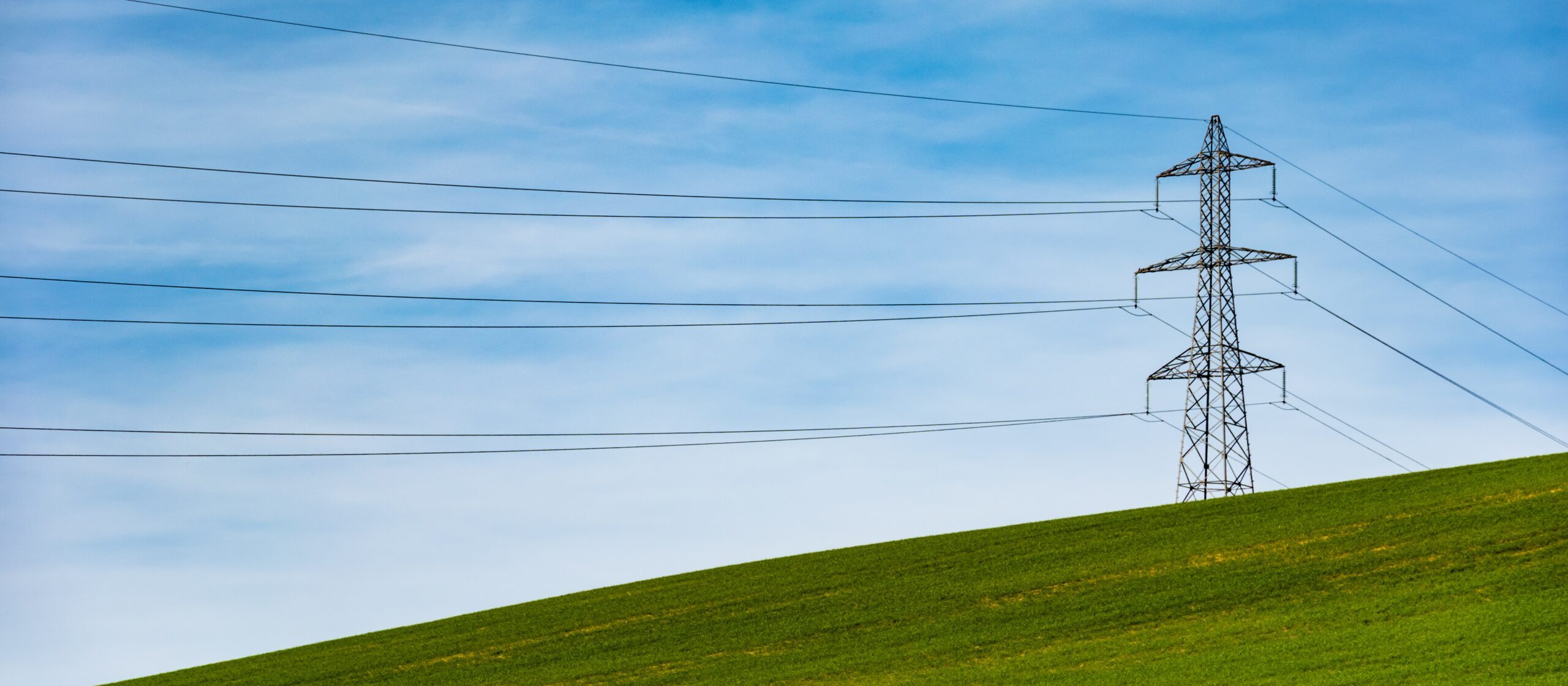
Analysis
The recent turmoil in the energy markets and the record high energy prices in Europe, provoke interest not only in the historical reasons of how we got here, but also in asking whether and what workable solutions to the problem could be found in the future.
Energy Transformation in Action
Energy systems – that is, the way energy is produced, transmitted, distributed and consumed – have undergone active change in recent years, and it is only the beginning of a process of complete transformation. And like any change, this transformation raises many questions, challenges and opportunities for all involved parties.
Energy systems are strategically important for every country. At national level, they are essential for the country’s economy, as they are the circulatory system of each country’s economic organism. It means that they are responsible for the stability, independence, security, potential for economic development and standard of living that could be economically provided in each country for its physical persons and legal entities. The energy system is a critical infrastructure and that is why energy is highly regulated, both nationally and at pan-European and global level.
Over the last few years, the energy system has undergone a huge transformation in the transition from traditional, fossil energy sources (coal, gas and nuclear power plants) to cleaner and greener energy sources such as wind, water and solar.
This, combined with the opportunities that new technologies give us, leads to changes in both ends of the energy system – production and consumption. And this is just the beginning.
The main drivers of change are Europe and the world’s goals for decarbonization and 100% renewable energy (RES) in the fight against climate change. In addition, the rapid technological developments of the last decades have also made many technologies more accessible for implementation and use making the value of the investment more technological sound as well as more cost-effective.
The main engines / directions through which this change is happening are:
- Decarbonization: switching to cleaner, greener energy sources and combating climate change
- Decentralization: increasing the share of RES and shifting control from TSOs to DSOs
- Digitalization: introduction and use of new technologies for monitoring and control (from entire industries to specific electrical appliances in households).
Potential solution
Given all that has been said so far, it is important to note that with the modernization of electricity networks (towards becoming bidirectional), the development of technologies such as IoT, blockchain, AI and given the growing challenges of management, balance and price of electricity, it is becoming more and more necessary for the energy systems to develop, test and implement flexibility services to be traded between the participants in the DSO system. This would enable energy systems to be self-balanced and have smarter management.
This is exactly the type of solution given by the FlexiGrid project. Supported by 18 organizations from 8 different European countries, FlexiGrid is a project focused on developing various methods for procuring flexibility in the energy system and on developing a blockchain-based platform to allow DSOs to purchase these flexibility services from a network of producers, prosumers and consumers.
Teodor Bobochikov, leading towards success, Entra Energy
Verzhinia Ivanova, driving innovation and & implementation, Entra Energy
Ralitsa Rumenova, navigating projects executionEntra Energy
